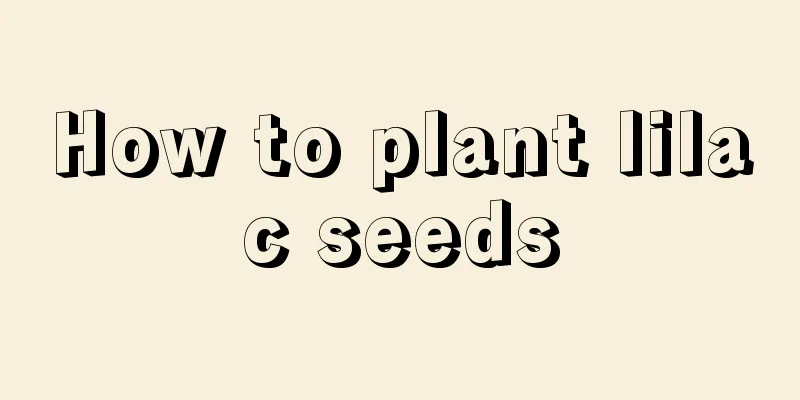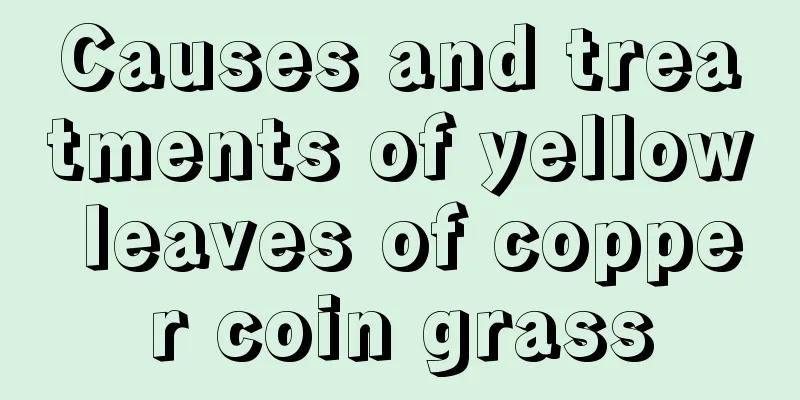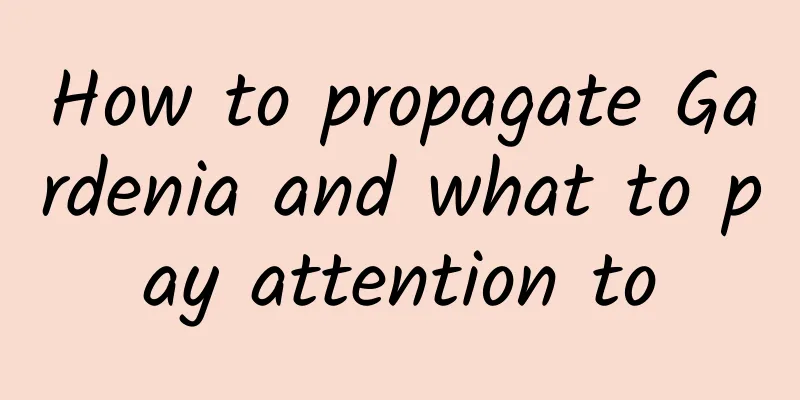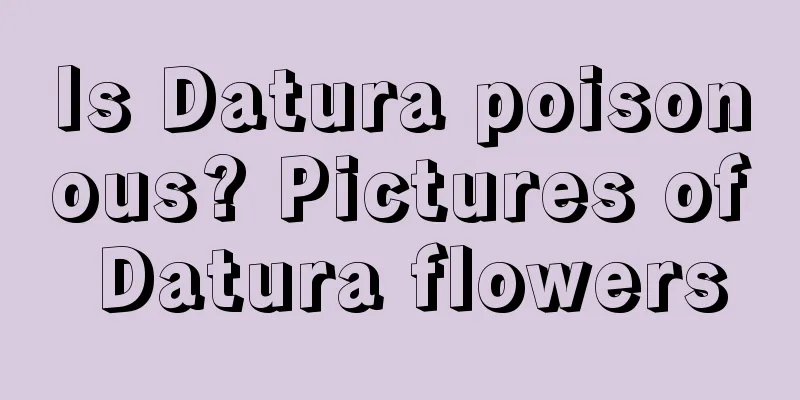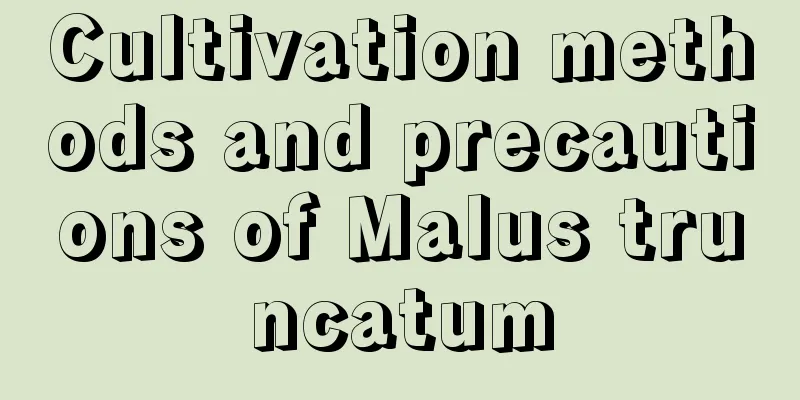Cultivation methods and precautions for taking root
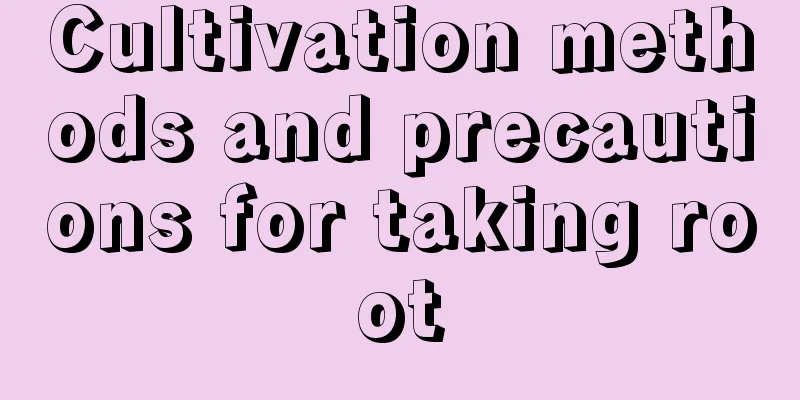
Reproduction methodCommonly used propagation methods are cuttings, adventitious buds and sowing. The best time for cuttings is May to June. Lay the healthy leaves flat on the sand bed, keep them close to the sand and maintain humidity. One week after planting, small plants will grow from the teeth on the leaf margins. After growing, cut and move into pots. For branch cuttings, cut the top branches 8-10 cm long, insert them into the sand bed after they are slightly dry, they will start to take root after 1 week and can be potted after 2 weeks. Adventitious bud propagation is easier. The larger adventitious buds growing on the edge of the leaves can be peeled off and directly potted. Sowing. The seeds are small and do not need to be covered with soil after sowing. They will germinate about 12-15 days after sowing, with a high germination rate. Pruning requirementsWhen potted, you can mix 3 parts of leaf mold and 1 part of sand as the substrate. Newly potted seedlings should be topped in time to promote branching; for older plants, their stems are semi-lignified, loose and mostly bent, which reduces their ornamental value, and they should be pruned to allow new branches to sprout. Repot the plant every spring to maintain its beautiful shape. Water and fertilizer requirementsNormally, wait until the soil is completely dry before watering. Don't worry about the plant drying out. Don't fertilize too frequently, otherwise it will cause excessive growth and may cause the plant to rot. It is sufficient to fertilize 1-2 times a month during the growing season. It needs a little shade in midsummer, but there should be sufficient light in other seasons, otherwise the color of the leaf edges will disappear. Reduce watering after the autumn gets cooler. After bringing the plant indoors in winter, it can survive the winter as long as the room temperature is kept above 0℃. But keep the soil in the pot slightly moist. Pest and disease controlThe main hazards of rooting are gray mold and powdery mildew, which can be sprayed with 1000 times diluted 70% methyl thiophanate wettable powder. The insect pests include scale insects and aphids, which can be killed by spraying with 1000 times diluted 40% dimethoate emulsifiable concentrate. |
<<: How to cultivate fuchsia bonsai
>>: Cultivation methods and precautions of purple duckweed
Recommend
When is the best time to plant angelica?
Angelica sinensis , also known as dried angelica,...
These 20 kinds of flowers are easier to grow in dry weather, and will die if there is too much water!
Tiger Piranha 1. Tiger Piranha is drought-resista...
How to care for the newly bought Dieffenbachia
1. Temperature Variegated Dieffenbachia is not co...
The difference between rose and rose
1. Different leaves The leaves of roses are not v...
The best-looking shape of swallowtail palm
1. The first type Looking at the first picture, t...
Bougainvillea varieties, Bougainvillea pictures
1. Varieties Bougainvillea is a common ornamental...
How many times does the peony bloom in a year, what is the meaning of the flower, and how to care for it during the flowering period?
1. How many times a year does it bloom? Under nat...
The Flower Language and Legend of Marigold
healthy Marigold is a hardy plant that can adapt ...
How to drink honeysuckle water? Can babies drink honeysuckle water?
1. How to drink honeysuckle in water Honeysuckle,...
How to grow bamboo orchid potted plants
1. Breeding environment 1. Potting soil: When car...
How to grow orchids in winter
1. Temperature The temperature is relatively low ...
Cultivation methods and precautions of flat peaches
1. Maintenance methods 1. Temperature: Because it...
How to cultivate Christmas cactus seedlings
1. Common breeding methods Cuttings are often use...
Iris species classification
Iris species Iris is of great ornamental value. T...
Where is it suitable to grow cherries?
Cherry growing area Cherries generally grow in a ...

